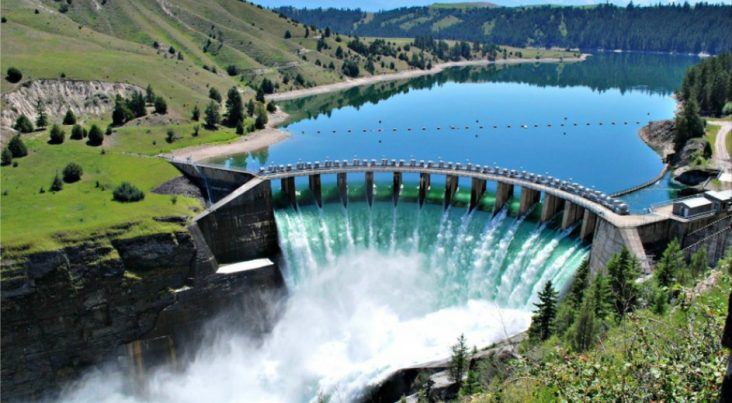Oldest electricity generating plants are hydroelectric
by March 13, 2017 10:50 am 1,070 views

Conventional hydroelectric generators accounted for 7% of the electricity generating capacity in operation in the United States and about 6% to 7% of U.S. electricity generated each year, according to the U.S. Energy Information Administration.
Hydroelectric plants, built before 1930, comprise 99% of all generating capacity that’s still operating. “Conventional hydroelectric plants are different from pumped-storage facilities, which produce electricity from water previously pumped to an upper reservoir,” according to the EIA. “Until 2014, hydroelectricity exceeded the electricity produced by all other renewable sources combined.”
Half of all hydroelectric capacity is in three states: California, Oregon and Washington. Hydroelectricity accounts for at least half of utility-scale generating capacity for Idaho, Oregon, Vermont and Washington. Mississippi and Delaware have no utility-scale hydroelectricity plants.
“The average hydroelectric facility has been operating for 64 years,” according to the EIA. “The 50 oldest electric generating plants in the United States are all hydroelectric generators; each has been in service since 1908.” In the past decade, nearly 200 gigawatts of electricity generating capacity was added to the U.S. power grid, and of that amount, 1.7 gigawatts was hydroelectric generating capacity. More than half of the added hydroelectric capacity was installed in Washington.
Hydroelectricity generating capacity has risen slightly in the past several decades. Capacity can be increased at existing plants by adding or repowering turbines. Also, turbines have been added at dams that were previously only used for flood control, according to the EIA. Hydroelectric facilities typically run at about 30% to 40% of capacity because “many reservoirs must balance power output with competing water demand for irrigation, municipal, industrial and other needs, as well as concerns with fish migration.”
